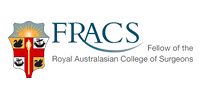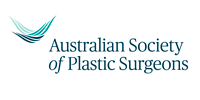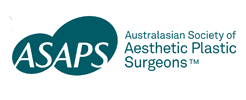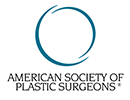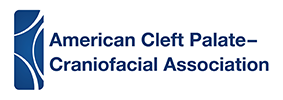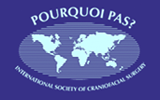Unicoronal synostosis diagnosis
In most cases the cause of unicoronal synostosis is unknown, but with increasing knowledge it seems there may be an underlying genetic cause in more than 20-30% of cases.
A distinctive radiological finding of the Harlequin orbital deformity on plain radiographs is very characteristic of unicoronal synostosis. This reflects the extension of the suture fusion across the anterior cranial base, and is the thickened sphenoid wing accompanying the fusion on the affected side.
Diagnosis is made by a combination of clinical and radiological assessment, with subsequent referral for multidisciplinary management in a formal craniofacial team.
Unicoronal synostosis treatment
Surgical correction by a Fronto-orbital advancement (FOA) as a bilateral operation is performed at 4-12 months of age. This aims to correct the existing deformity and minimise the developing facial asymmetry. The need for further cranial surgery is uncommon, but persisting facial asymmetry may require an orthodontic / midfacial surgery programme during late teenage years. Thus long term follow up till skeletal maturity is indicated to monitor forehead and facial form.



